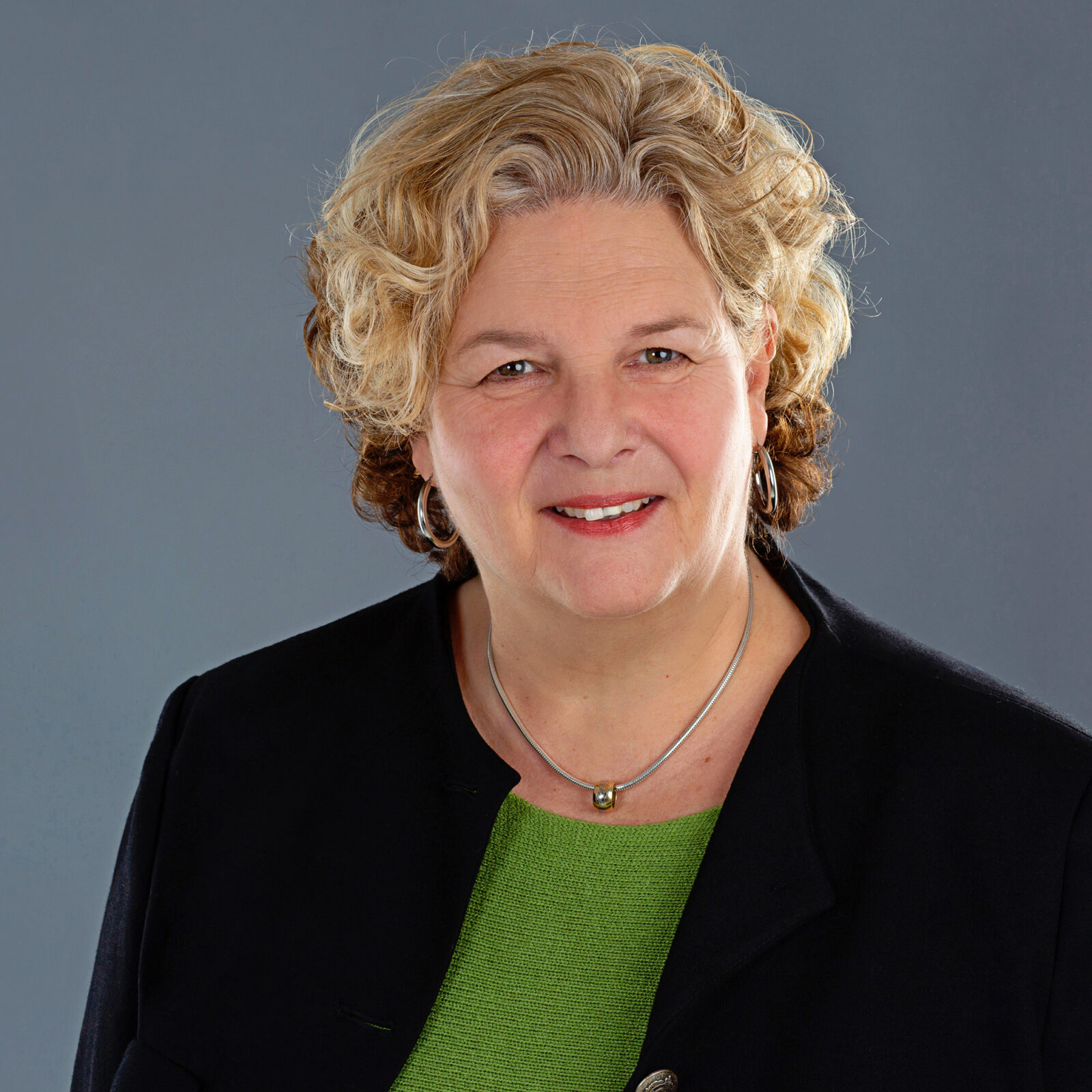 Prof. Ulrike Jessner-Schmid
Prof. Ulrike Jessner-Schmid
University of Innsbruck
University of Pannonia
Borders in Multilingualism Research
Understanding multilingualism has always been a scientific challenge because of the complexity and dynamics of the phenomenon. The term multilingualism has been used with increased frequency over the last few years and a critical analysis of these publications reveals that this term is used to cover a range of meanings, some of which appear to be contradictory. Many still use the term multilingualism to refer to any system with more than one language. As bilingualism is the most commonly studied form of multilingualism, the two terms are also used synonymously. In contrast, an increasing number of researchers argue that bilingualism should be seen as a subtype of multilingualism. Within the same group, third language acquisition (TLA) is not discussed as extended second language acquisition (SLA), but rather as a different language learning process in various respects (cf Jessner, 2008a). As pointed out by Kemp (2009), the variety of terms and their origins derive from (1) the complex nature of use of various languages in a multilingual context and (2) the researchers’ backgrounds, ideologies, and purposes. So whereas from a psycholinguistic perspective bi- and multilingualism, SLA, and TLA are the most common terms in use, scholars with other theoretical backgrounds have recently introduced different terms to describe the use of multiple languages such as polylingualism (Jorgensen et al., 2011), metrolingualism (Otsuji and Pennycook, 2010), or heteroglossia (Bakhtin), to name but a few. In European Union language policy, mainly in educational-oriented research, the term plurilingualism has been established to denote individual multilingualism in contrast to multilingualism on a social level. From an international perspective, multilingualism is the term most prominently used. With the increase in interest in the field of multilingualism, several problematic issues, in particular with regard to terminology, have arisen. For instance, whereas in traditional SLA research the terms L1 and L2 are clearly defined, research on life span development in multilingual individuals shows that the chronological order in which languages were learnt is not necessarily the most useful factor in defining the L1, in the sense of ‘dominant language,’ of a multilingual person. An L1 might become an L2 or L3 at a later phase in a multilingual person’s life due to a change of linguistic needs.
Complexity and dynamic systems theory (CDST) has been increasingly appreciated in different scientific branches and the study of multilingualism appears to lend itself to be discussed from such a theoretical perspective (see Herdina & Jessner 2002). In this talk I will address the divergence of bi– and multilingualism alongside with second and third language acquisition and I will argue that we need to cross the border, that is move beyond the study of two languages in order to make further progress in multilingualism research. Metacognition in multilinguals works at a higher level concerning language use and language development. Whereas bilingual reasoning may be considered complex, multilingual reasoning is hypercomplex.
